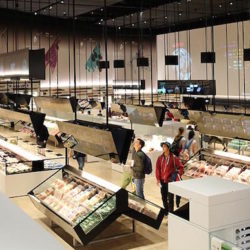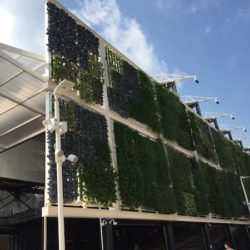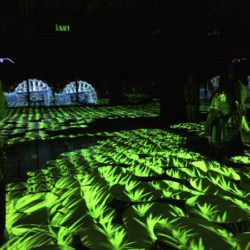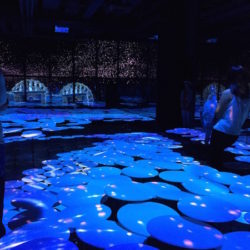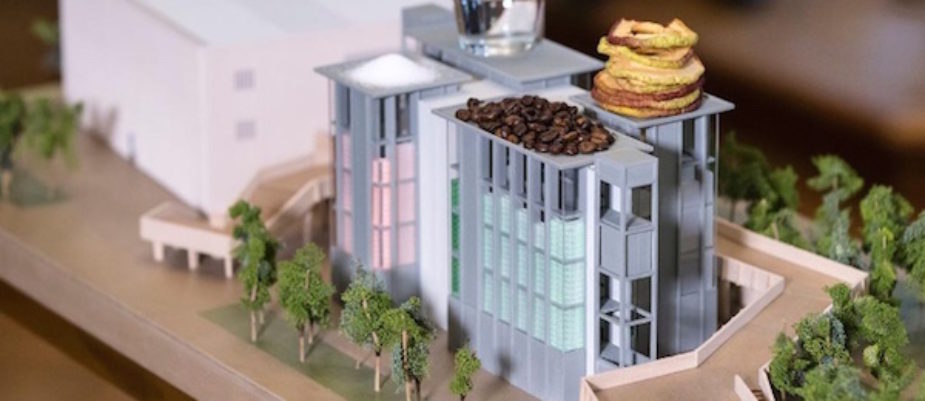
I want to say first of all that I consider EXPO2015 as a well-organized event, an interesting tour and with pavilions of a good architectural standard (I won’t speak about this, because a lot has already been written). In spite of the catastrophic forecast made by its denigrators, it is showing an excellent image of Italy to the whole world; even the allied activities and jobs it has produced should not be undervalued.
Yet… it left me disappointed. The “funfair” and “agricultural and food” sides prevail over the noble theme that was supposed to be Expo’s heart and soul. Business prevails over ethics.
Inside the nice containers of the pavilions, you often find superficiality and triviality only; just a few Countries have developed new “Way Of thinking”, innovative concepts, ways of analyzing and conveying the meaning of “Feeding the Planet”.
I found the “binge” of virtual journeys, multimedia shows, experiential paths, special effects, interactivity, screening on mirror walls, not too “nutritive”: a display of exceptional technical skills that doesn’t excite a deep emotion or surprise.
Did I expect too much? Maybe, but in most cases it was like being at DisneyWorld (shows included) to see the screening of the Tourist Board’s promotional film clips, everything seasoned with plenty of aromatic plants, vertical gardens, souvenir shops, stalls selling crisps, lasagna and hamburgers, which has to do rather with obesity and less with “Energy for Life”
However some strong and targeted messages can be found.
For instance, at the Swiss Pavilion with its four towers filled with water, coffee, apples and salt that visitors, aware that these provisions have to last until the end of EXPO, can eat or drink or take along. Apples and water had already run out after a week. The objective is to reflect upon a possible development and responsible consumption and the food supply worldwide (for information, I just took a little box of salt…).
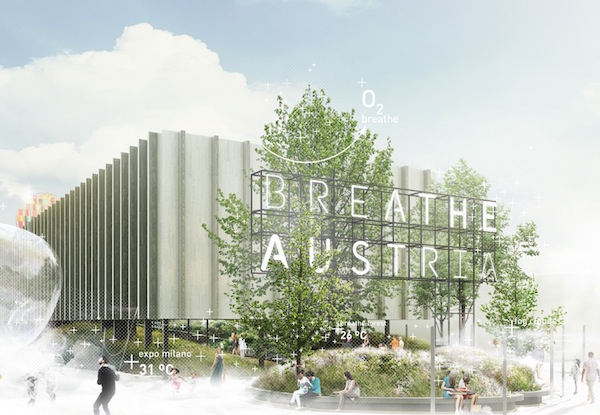
The “Breath” of the Austrian Pavilion, 54 forest trees and 12.000 plants reproducing the micro climate of an Austrian wood: feeding the Planet means first of all to make it breathe.
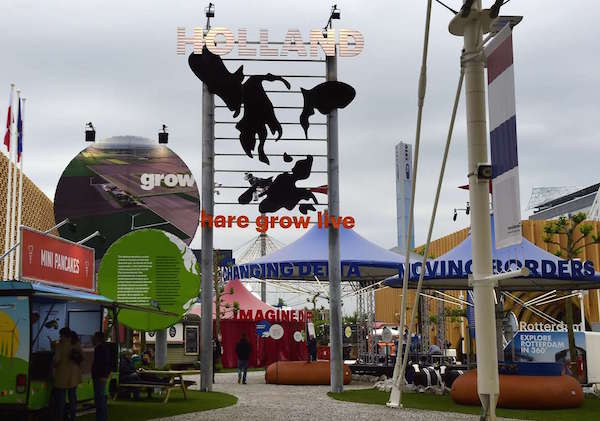
Another interesting no-pavilion is the Holland Pavilion, that have emphasized and treated the funfair theme ironically: besides the panoramic wheel, coloured beach umbrellas, comfortable sofas, fake cows and street food, also the Deltawerken project was displayed in a circus tent: creative and innovative solutions to preserve life in a land surrounded by water.
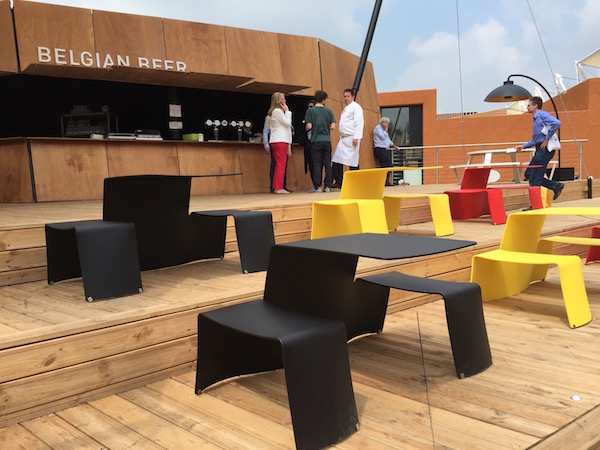
Environmental sustainability, technological innovation and National identity are the concepts underlying the Belgian Pavilion, where scientific and technical discoveries to cope with the food challenge are displayed and tested, like alternative methods of food production, hydroponics, the farming of insects and algae. However visitors seem to be more interested in chocolate, beer and chips made in Belgium, eaten with gusto on some original outdoor furniture.
The most stimulating commercial pavilion is Coop, with the Future Food District designed by Carlo Ratti hinting at a possible future scenario of the retail trade.
I gave up the idea of visiting the pavilions of the Emirates and China, because of the two-hour queue.
I’ll go back to Expo to see them and perhaps my attitude will be less critical.
Editorial by Renata Sias.

